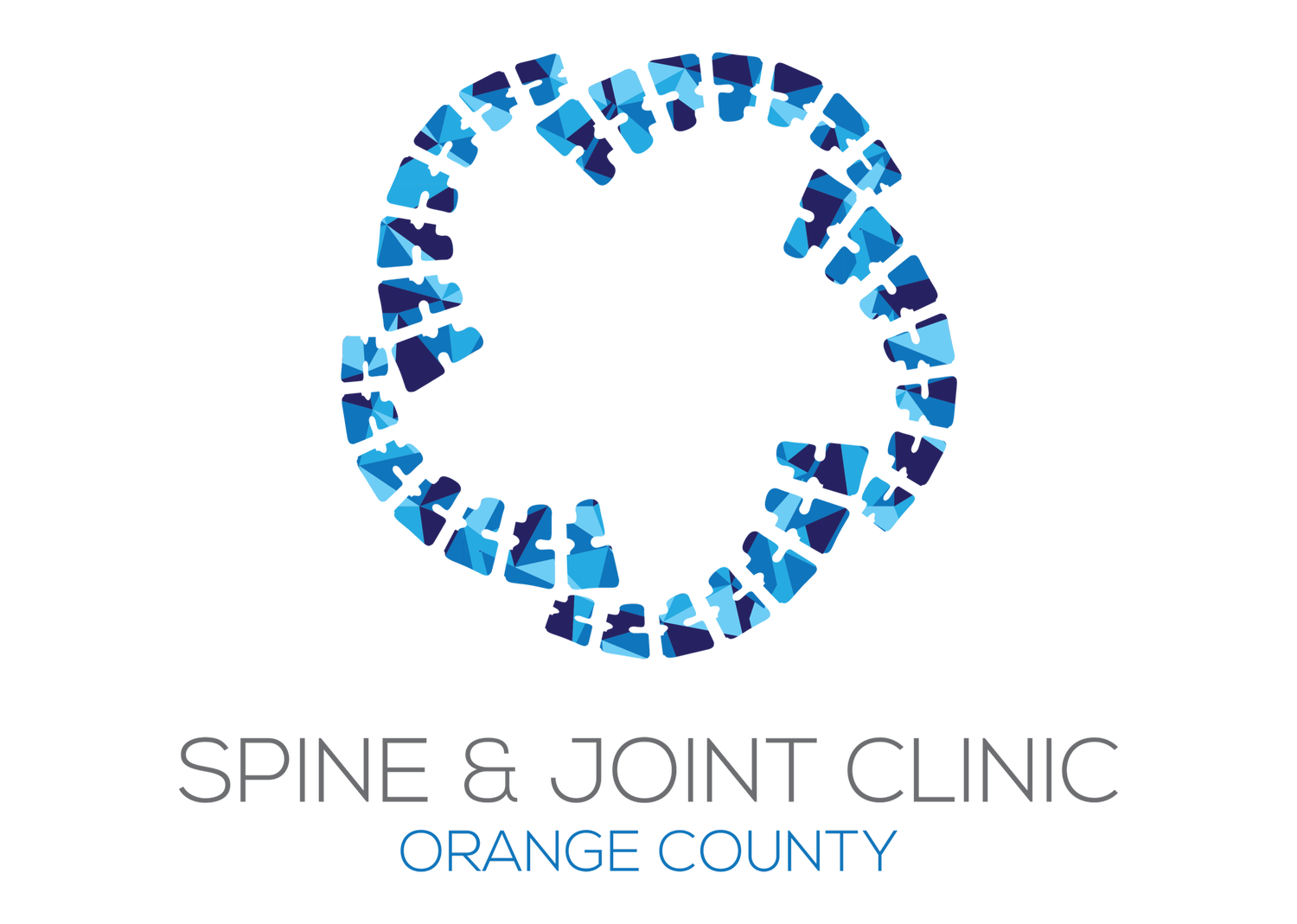Do you know how energy impacts your cells?
For example, when your skin is exposed to sunlight, it makes vitamin D from cholesterol. The sun's ultraviolet B (UVB) rays hit cholesterol in the skin cells, providing the energy for vitamin D synthesis to occur. Vitamin D has many roles in the body and is essential for optimal health.
Photobiomodulation
Photobiomodulation (PBM) is a treatment method based on research findings showing that irradiation with certain wavelengths of red or near-infrared light has been shown to produce a range of physiological effects in cells, tissues, animals and humans.
Scientific research into PBM was initially started in the late 1960s by utilizing the newly invented (1960) lasers, and the therapy rapidly became known as "low-level laser therapy". It was mainly used for wound healing and reduction of pain and inflammation.
In recent years, non-coherent light sources such as light-emitting diodes (LEDs) and broad-band lamps have become common. Advantages of LEDs include no laser safety considerations, ability to irradiate a large area of tissue at once, and much lower cost per mW.
LED photobiomodulation is here to stay.
There has been a variety of clinical research on the effects of red light therapy and new trials are submitted all the time. Here are some of the benefits based on an analysis research to date.
Reduce Inflammation
Improve Circulation
Reduce Recovery Time
Promote Cellular Health
Reduce Pain
Stimulate Hair Growth
Increase Fertility
Improve Skin Health and Collagen Prodcution

